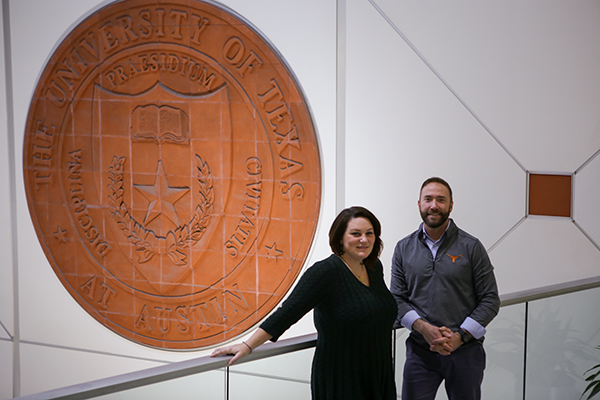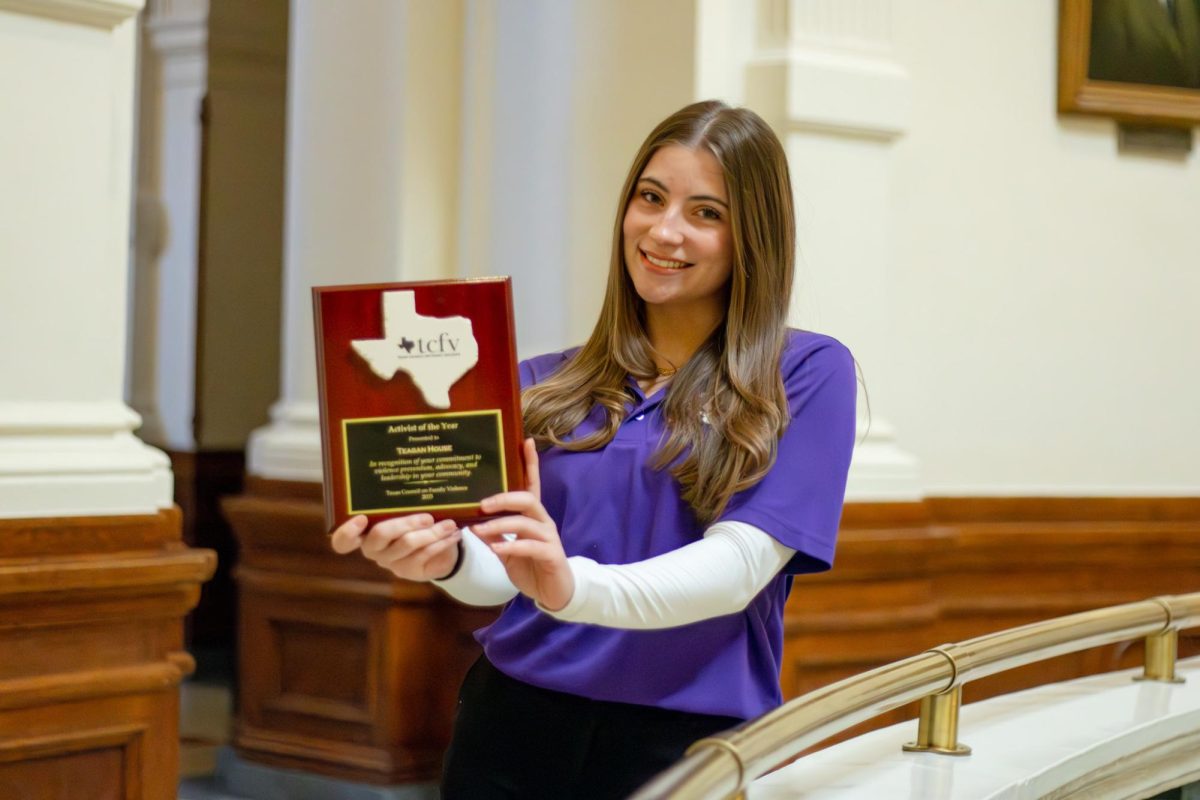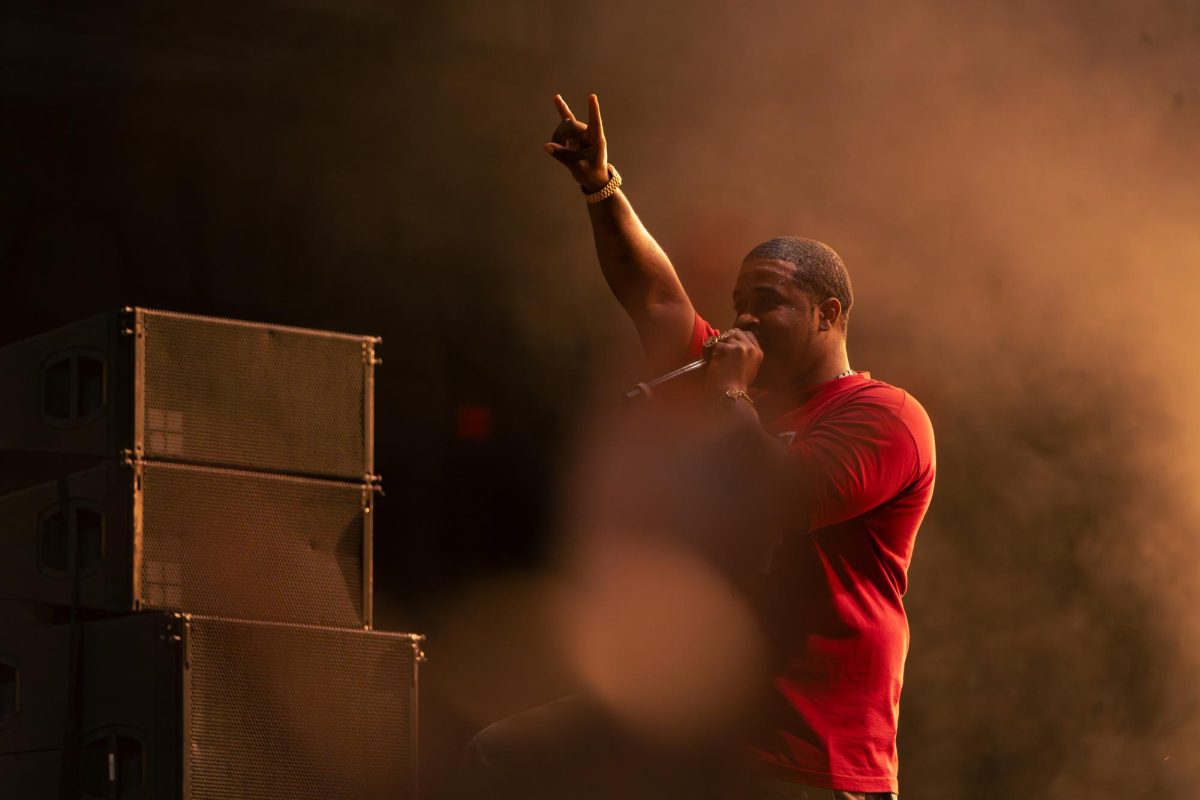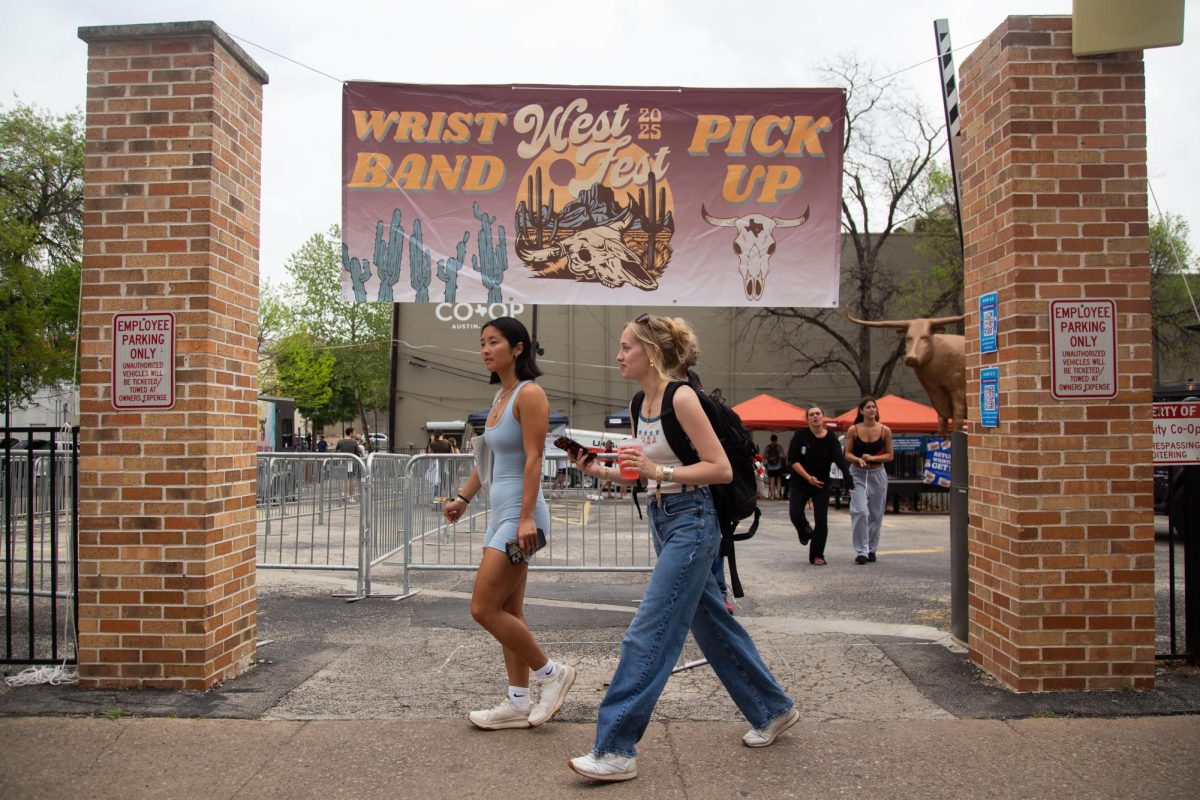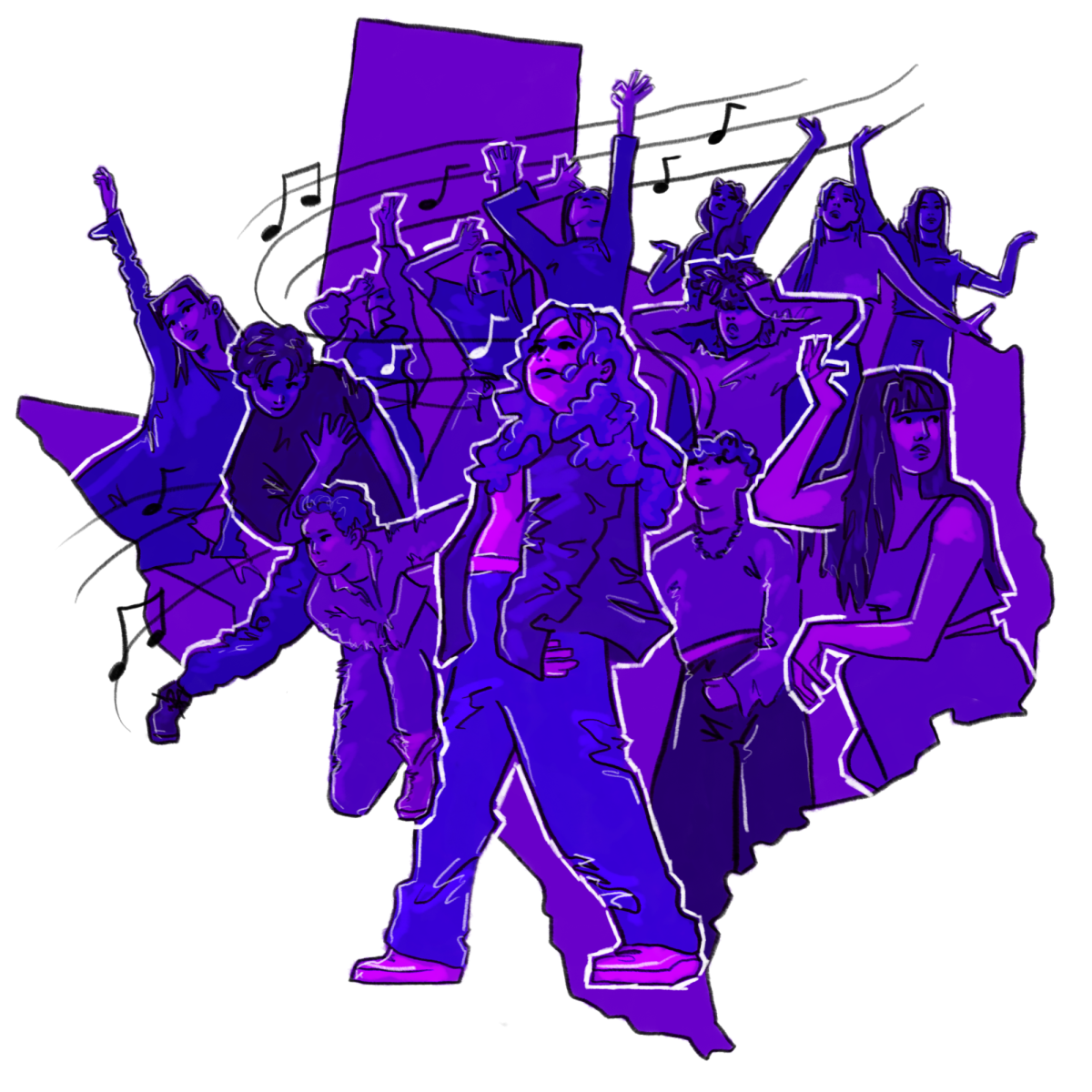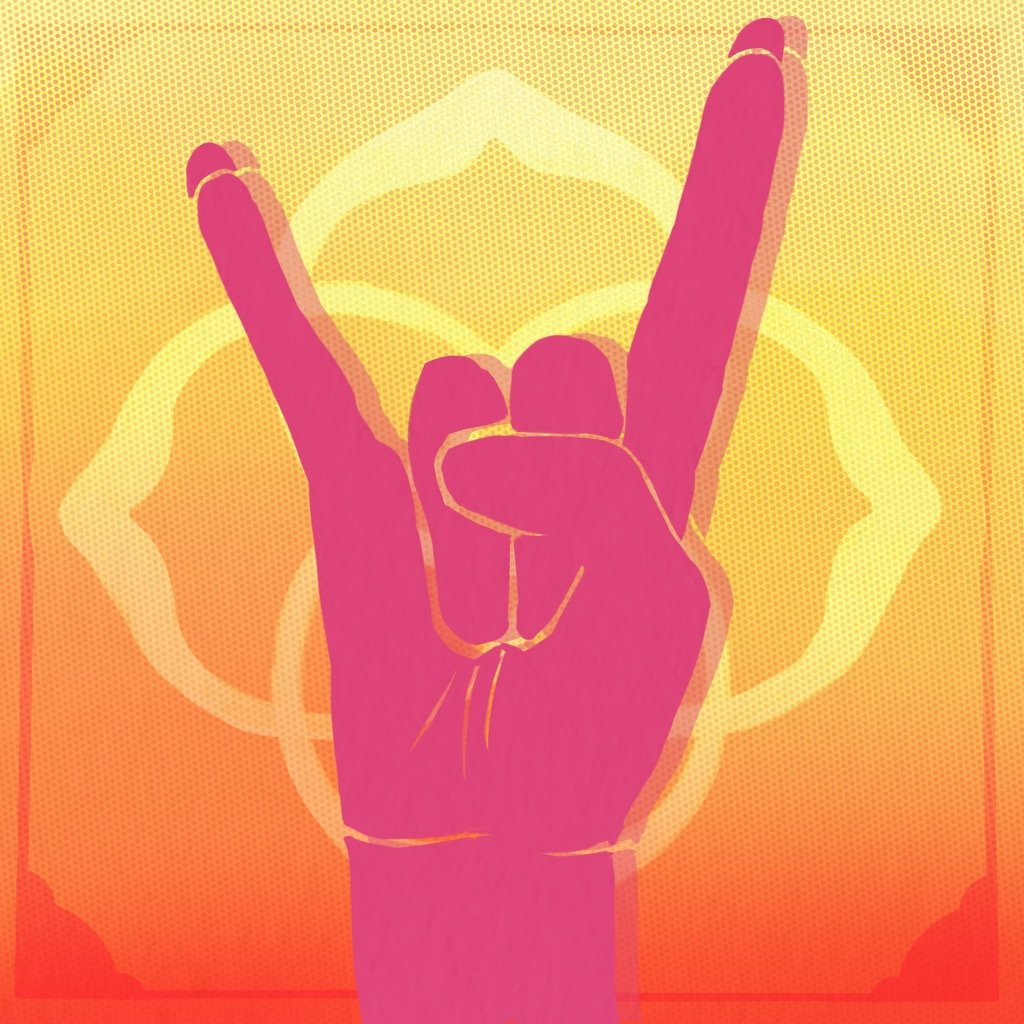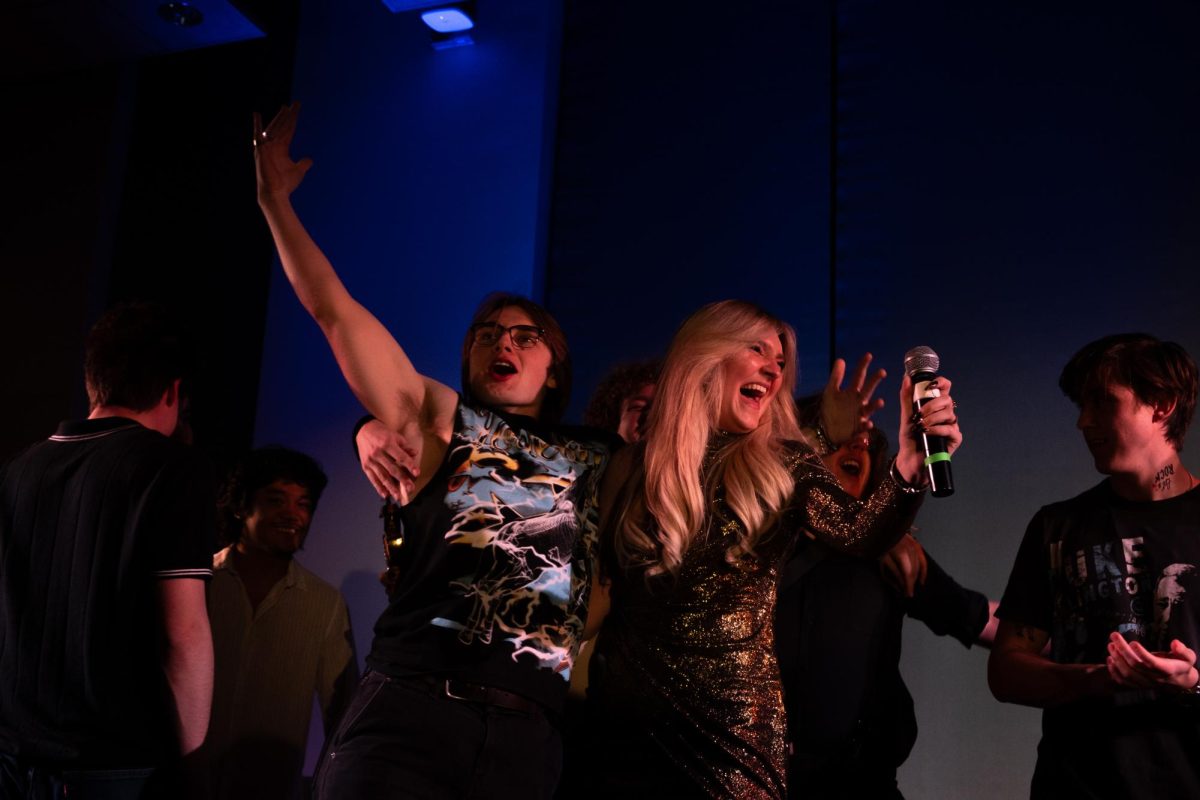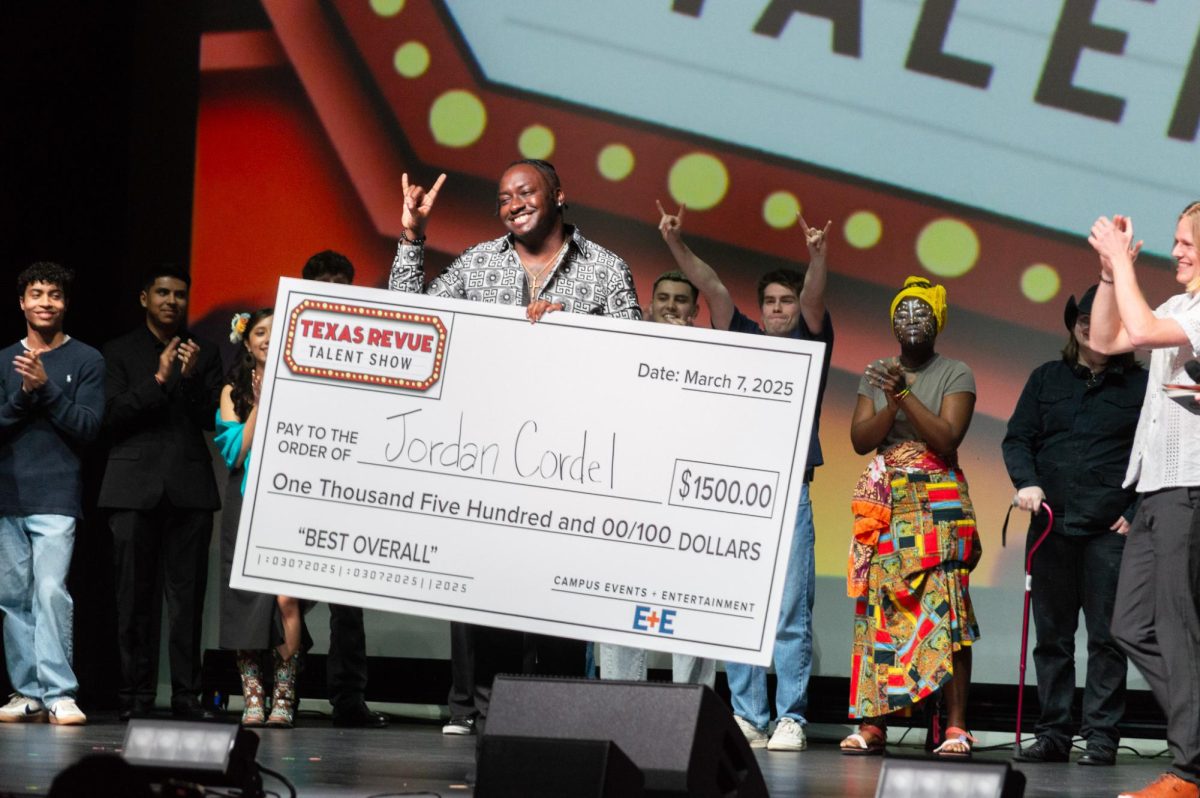The University of Texas is the No. 6 best college for veterans nationwide and No. 1 in Texas, according to a new ranking by the career website Zippia. However, some student veterans say the Forty Acres hasn’t always been the supportive campus it is today.
“Traditionally, the view of UT as a veteran-friendly institution has not existed on the veteran side,” said Rebecca Larson, UT’s Student Veteran Association president.
When Air Force veteran Larson transferred to UT in the spring of 2013 with 143 credit hours and eight college transcripts, she said she was rejected by her first school of choice, the McCombs School of Business, because she “did not look good on paper.”
Once she was accepted into her second choice, the College of Natural Sciences, she said her issue was no longer with UT, but with how difficult it was for her to get to that point. Since then, she’s led the charge in renovating veteran services at UT with hopes that no more nontraditional students experience what she did.
“It became apparent that what I needed to do was change the way veterans’ positions are perceived at this University,” Larson said.
The Student Veteran Services office opened on Veterans Day in 2011, and its main focus was to create a community of support for returning veterans, according to a UT News article . Larson said she received the minimum amount of help she needed throughout her admissions process, and that she felt unwelcome as a female in a male-dominated office.
She connected with other female veterans through a national organization called the Student Veterans Association. From there, she got to work rewriting the UT chapter’s constitution and bylaws to create a more inclusive environment. It wasn’t until the fall after Jeremiah Gunderson took over as director of Student Veteran Services that her vision became a reality.
“Basically, we invited (Gunderson) to an SVA happy hour and yelled at him,” Larson said. “But we weren’t yelling that (he) needed to fix it, we were yelling at (him) that we were going to fix it and (he) was going to help.”
Since that not-so-happy hour night, UT has introduced a variety of veteran services, including an on-site Veterans Affairs counselor who specializes in mental health care full time. The University also offers professional guidance for veterans’ benefits, career services and, most recently, the Institute for Military and Veteran Family Wellness to help with the transition from military to civilian life.
“It’s night and day versus when (Larson) got here,” Gunderson said. “Now, we offer veterans the same amount of support as any other student, and one thing is evident — veterans are doing well.”
As opposed to when Larson applied in 2012, students can now specify their classification as a veteran on ApplyTexas. Their application is then pulled out of the system and looked at with their status in mind.
Zippia marketing manager, Kathy Morris, ranked UT as veteran-friendly. While analyzing all 517 four-year public colleges in America, Morris said she calculated the rate of completion, rate of students making over $28,000 a year after graduation and the percent of student tuition spent on instruction rather than other administrative costs. At UT, 80% of veterans graduate, and 77% earn more than $28,000 upon graduating with a UT degree.
“During my study, UT’s veteran webpages were surprisingly accessible and easy to navigate,” Morris said. “My numbers showed that 130% of veterans’ tuition goes towards their own services.”
Morris also clarified this percentage includes federal funding, grants and scholarships.
Larson said there are still discrepancies regarding veteran student enrollment, but that UT has received a high ranking because it’s making an effort to be apart of the conversation.
Today, Larson has two Bachelors of Science in astronomy and physics, as well as a master’s in astronomy — all from UT. She’s currently in the middle of completing a Ph.D. in astronomy.
“The good thing is we’re talking about what we need to do to not be put through the cookie-cutter machine,” Larson said. “Veterans don’t fit in the box, and we still don’t.”

